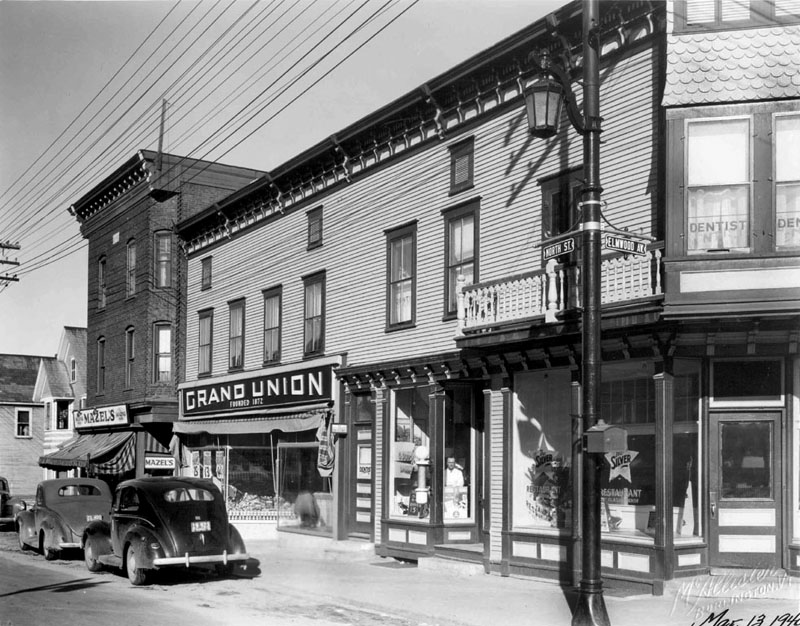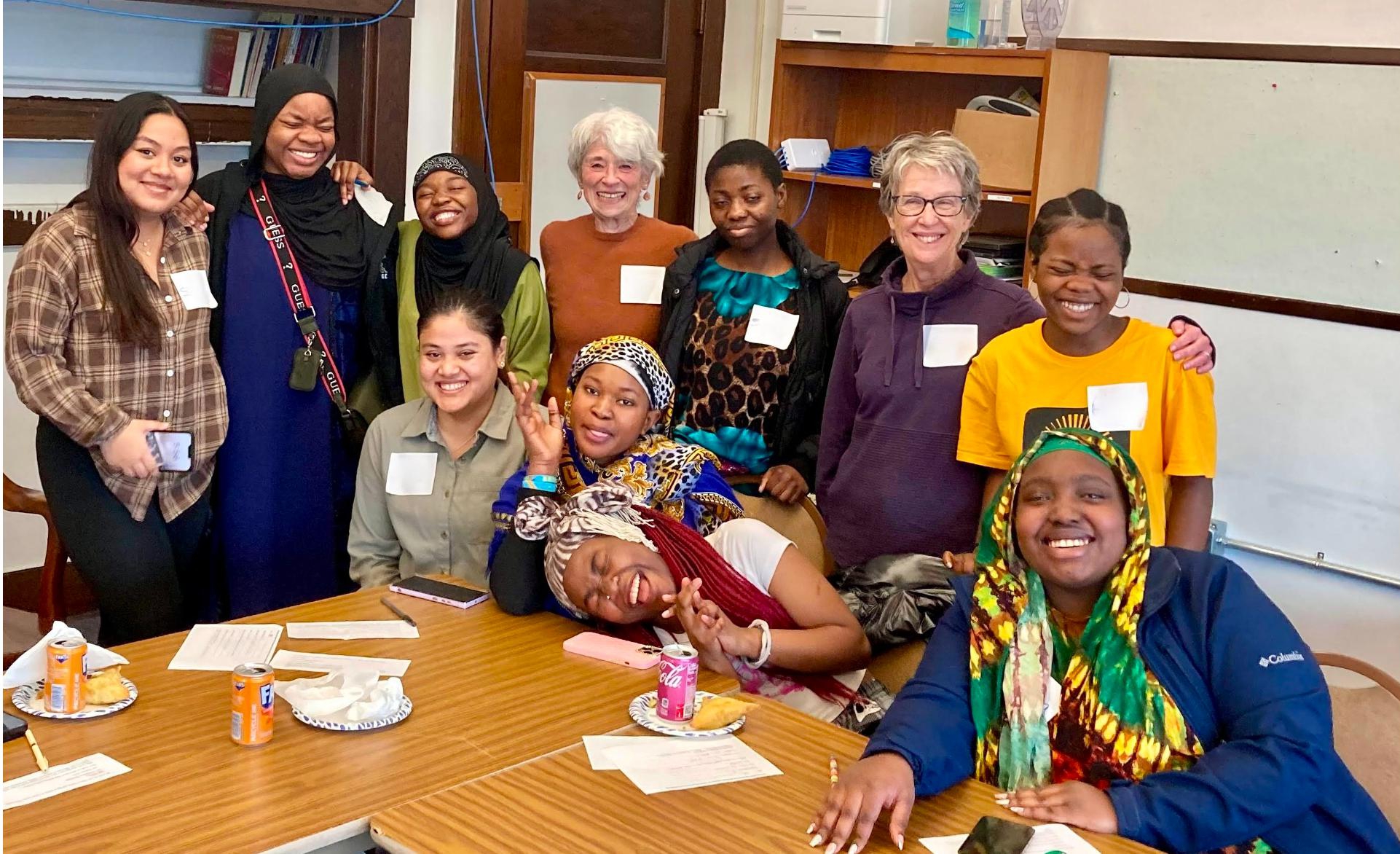About Us
But it’s really About You!
This Center will be firmly built on community input. We are committed to including the voices of people of many ethnicities, social classes, genders, ages, talents, and abilities to reveal a comprehensive and complex story of Burlington. There are close to 200 historical societies throughout Vermont’s cities and towns. Burlington is not one of them. It’s time to change that!
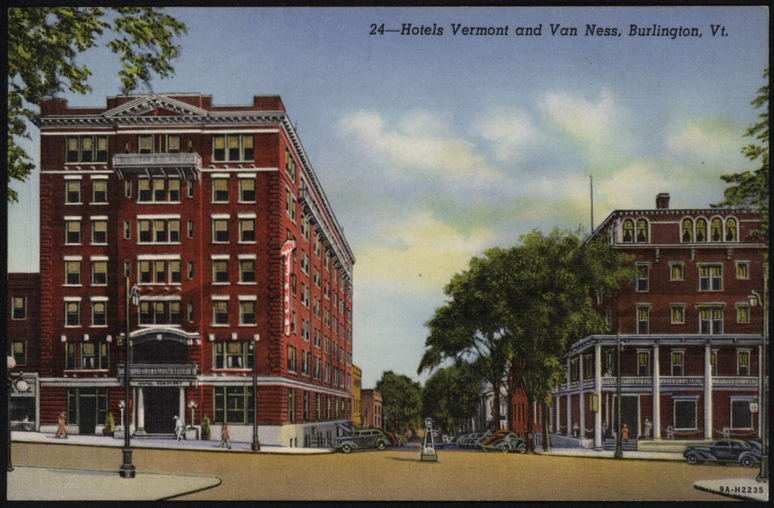

Our Purpose
The purpose of the Burlington History & Culture Center is to fill an enormous gap in the Queen City, which has no historical society. Our one history museum, Ethan Allen Homestead, does a fine job presenting the long history of the Intervale. Our new Center will broaden that history to the rest of the city.
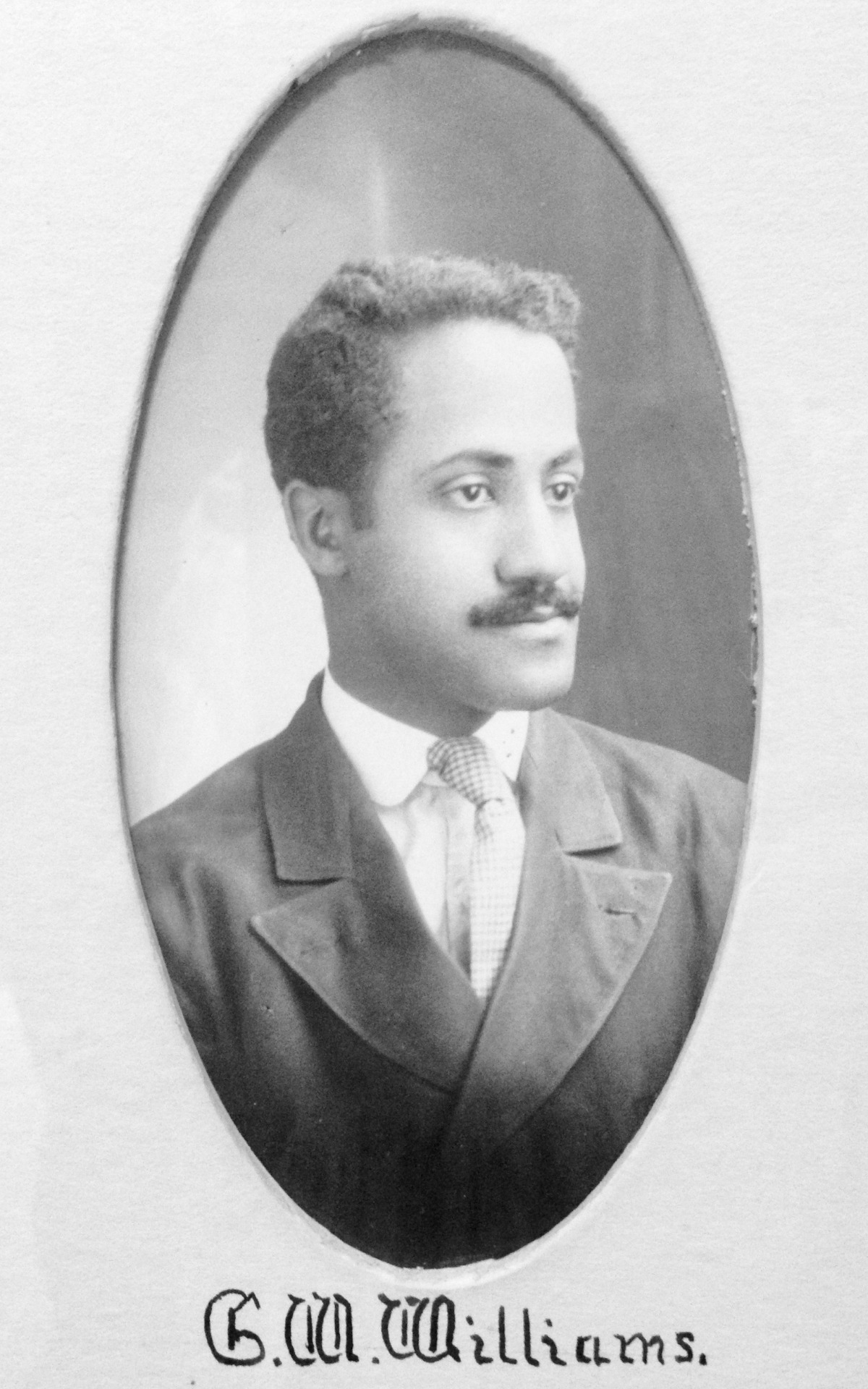
Too few of us see ourselves as active participants in Burlington’s history. Knowing our diverse history could help change that. However, because Vermont is described as one of the whitest states, many historians, filmmakers, curriculum writers, and museums focus on the history of powerful people (like politicians, industrialists, and military leaders) masking our ethnic and economic diversity and the positive role immigrants have played in Burlington’s history. The Center will broaden our historical knowledge, celebrate our historical diversity, and present the overlooked stories of the men and women who built Burlington and are still building it.
Source: https://www.loc.gov/item/2018675128/
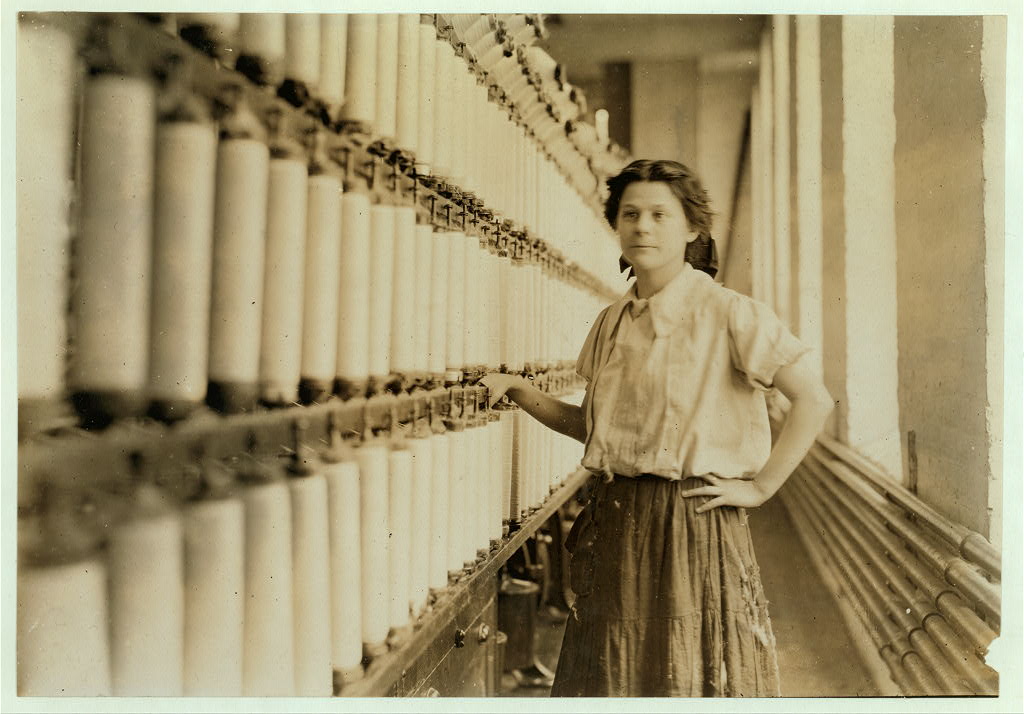
A major focus will be the universal human activity of migration, including the push and pull factors of migrations and immigrants’ effects on their new homeland. Building Burlington was not a totally white enterprise. Indigenous people, Black people (Burlington was 3% people of color, 1810-1820), a variety of ethnic groups including Yankee, Irish, French Canadian, Greek, Lebanese, Italian, Jewish, Chinese, and those newly arriving today, like Bosnians, Somalis, Nepalese, Mexicans, Ukrainians and more have all added to Burlington’s cultural diversity. We intend to place their stories front and center.
Source: https://www.loc.gov/resource/nclc.04584/
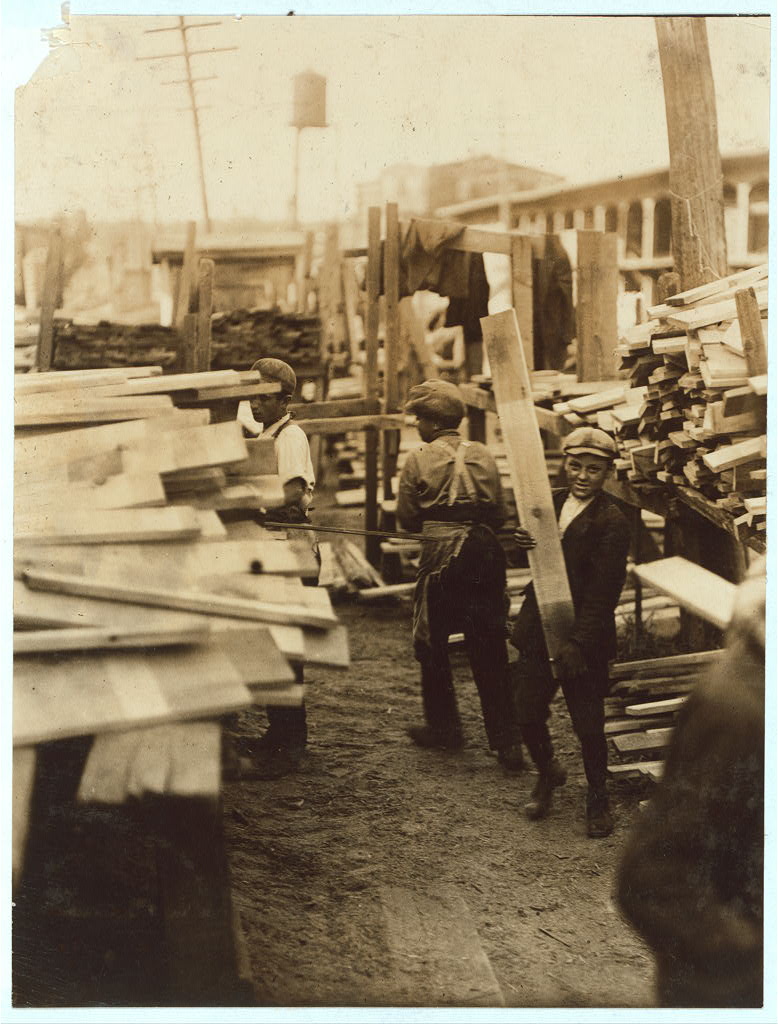
You may be wondering
How will we gather wide and diverse community input?
When & where will we build the center?
How are we raising funds?
How will we deal with controversial issues?
How are we doing?
Source: https://digitalcollections.uvm.edu/view/21715/burlington-daily-news?q=must,any,contains,paper%20carr
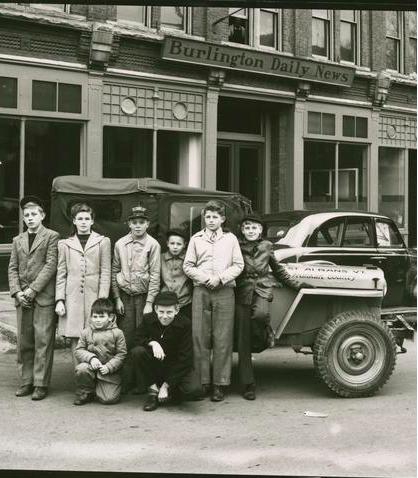
How can you get involved?
We welcome – and need – your involvement. Check this site for surveys, volunteer opportunities, and donation needs. We wish to expand our partnerships and collaborations. This is a new site and we will be adding to it regularly.
Source: https://www.uvm.edu/~hp206/2005oldnorthend/Evans/fillimage3.html.
